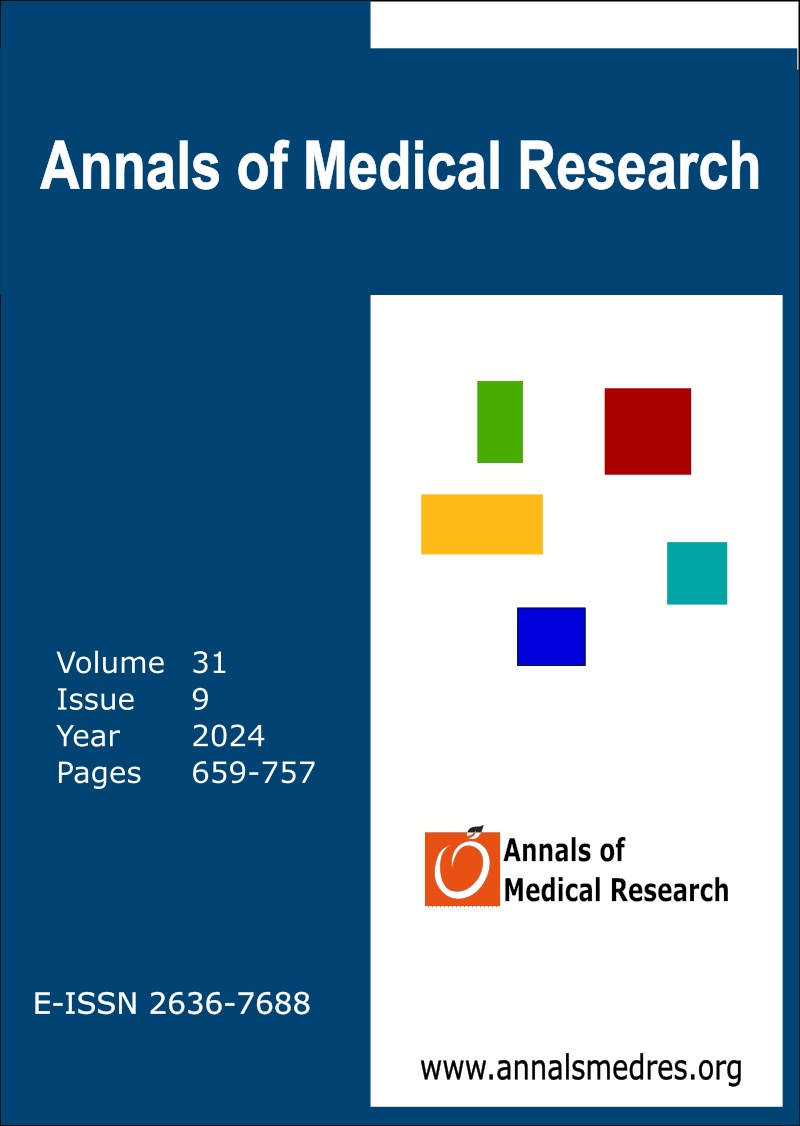Comparison of early term results of umbilical arterial blood gas measurement among uncomplicated primiparous and multiparous vaginal deliveries and elective cesarean section
Keywords:
Primiparous, Multiparous, Cesarean, Fetal blood gasAbstract
Aim: This study aims to investigate the early effects of the mode of delivery on the newborn in cases of non-complicated primiparous and multiparous vaginal deliveries who were admitted to the clinic in active labor, and elective cesarean section by analyzing fetal umbilical cord blood gas.
Materials and Methods: In this retrospective study, 120 cases were enrolled in the study, including 40 primiparous cases, 40 multiparous cases, and 40 elective cesarean section cases. Age, pregnancy history, medical history, age of gestation at birth, delivery type, fetal Weight, APGAR score, baby gender and fetal blood gas values were statistically analyzed.
Results: Statistically significant differences were found between the primiparous vaginal delivery group and the cesarean section and multiparous vaginal delivery groups in the parameters of age, gravidity, parity, and fetal Weight, with primiparous vaginal delivery showing significantly lower parameters. When compared with multiparous and primiparous vaginal delivery, a statistically significant difference was observed in APGAR 1 score, with C/S births having lower scores. In primiparous vaginal delivery, it was found that pH, pH(T), Base(Ecf)c, cHCO3(P)c, cHCO3(p,st)c, cBase(B,ox)c, and cBase(Ecf,ox)c were significantly lower compared to other groups, while only higher levels of pCO2 and mOsmc were observed. In the cesarean section group, lower levels of ctHb, Hctc, cCa, cGlu, and cLac parameters were observed compared to other groups, while the cNa level was significantly higher. Significant differences were found only between primiparous vaginal delivery and cesarean section groups in the parameter cK, with a significantly lower cK value in the C/S group.
Conclusion: Primiparous pregnant women exhibited lower birth weight, lower pH in umbilical cord blood, and higher levels of pCO2, while in the cesarean group, lower APGAR score at 1 minute, lower levels of hemoglobin, calcium, glucose, lactate, and potassium were observed.
Downloads
Published
Issue
Section
License
Copyright (c) 2024 Annals of Medical Research

This work is licensed under a Creative Commons Attribution-NonCommercial-NoDerivatives 4.0 International License.
CC Attribution-NonCommercial-NoDerivatives 4.0






